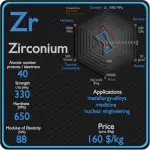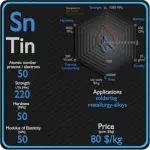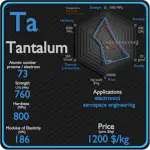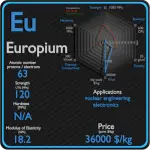This article contains comparison of key thermal and atomic properties of niobium and tantalum, two comparable chemical elements from the periodic table. It also contains basic descriptions and applications of both elements. Niobium vs Tantalum.
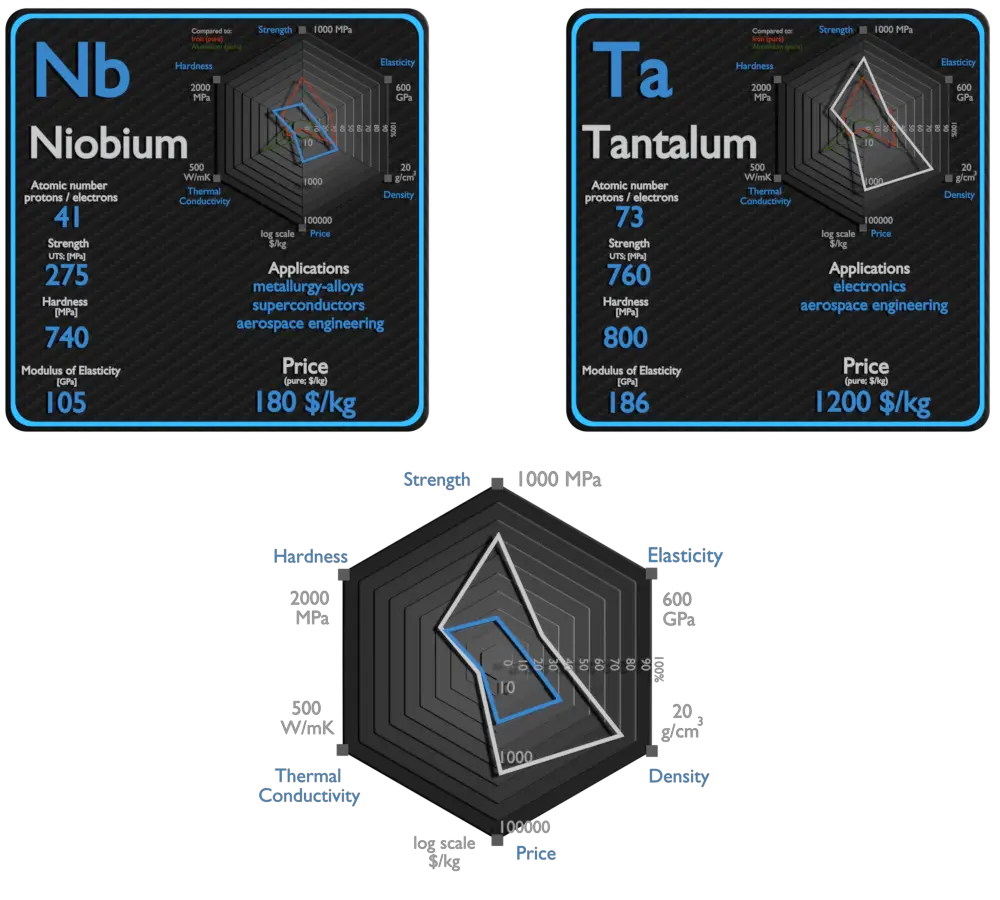
Niobium and Tantalum – About Elements
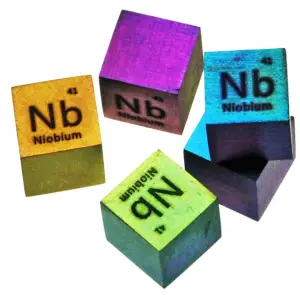
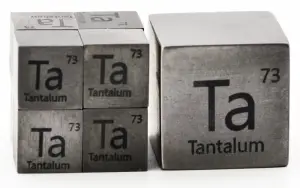
Source: www.luciteria.com
Niobium and Tantalum – Applications
Niobium
Niobium consumption is dominated by its use as additive to high strength low alloy steel and stainless steel for oil and gas pipelines, car and truck bodies, architectural requirements, tool steels, ships hulls, railroad tracks. However, there are a number of other applications for niobium metal and its compounds. Although niobium has many applications the majority is used in the production of high-grade structural steel. The second largest application for niobium is in nickel-based superalloys. Niobium-tin alloys are used as superconducting magnets.
Tantalum
Tantalum consumption is dominated by capacitors for electronic equipment. Capacitors are electrical components that store energy electrostatically in an electric field, and are used in a wide variety of electric and electronic products. Major end uses for tantalum capacitors include portable telephones, pagers, personal computers, and automotive electronics. Alloyed with other metals, tantalum is also used in making carbide tools for metalworking equipment and in the production of superalloys for jet engine components. Compounds of tantalum such as tantalum pentoxide is used to make capacitors and glass with a high index of refraction for use in camera lenses.
Niobium and Tantalum – Comparison in Table
| Element | Niobium | Tantalum |
| Density | 8.57 g/cm3 | 16.65 g/cm3 |
| Ultimate Tensile Strength | 275 MPa | 760 MPa |
| Yield Strength | 70 MPa | 705 MPa |
| Young’s Modulus of Elasticity | 105 GPa | 186 GPa |
| Mohs Scale | 6 | 6.5 |
| Brinell Hardness | 740 MPa | 800 MPa |
| Vickers Hardness | 1300 MPa | 870 MPa |
| Melting Point | 2477 °C | 2996 °C |
| Boiling Point | 4744 °C | 5425 °C |
| Thermal Conductivity | 53.7 W/mK | 57 W/mK |
| Thermal Expansion Coefficient | 7.3 µm/mK | 6.3 µm/mK |
| Specific Heat | 0.26 J/g K | 0.14 J/g K |
| Heat of Fusion | 26.4 kJ/mol | 31.6 kJ/mol |
| Heat of Vaporization | 682 kJ/mol | 743 kJ/mol |

